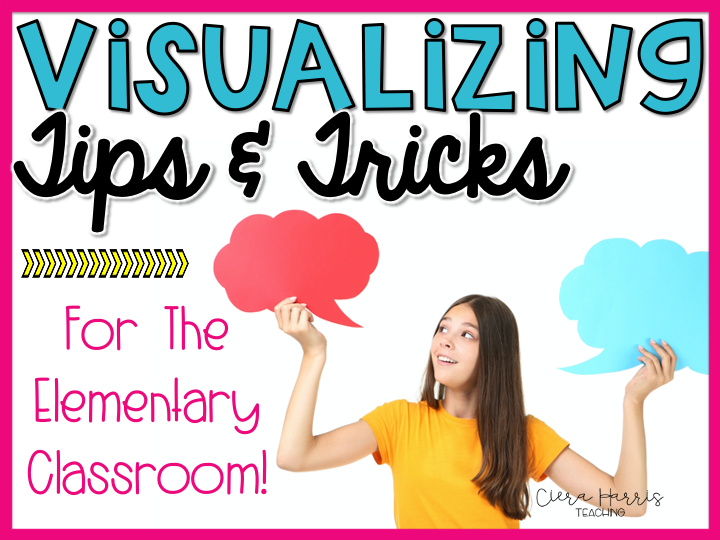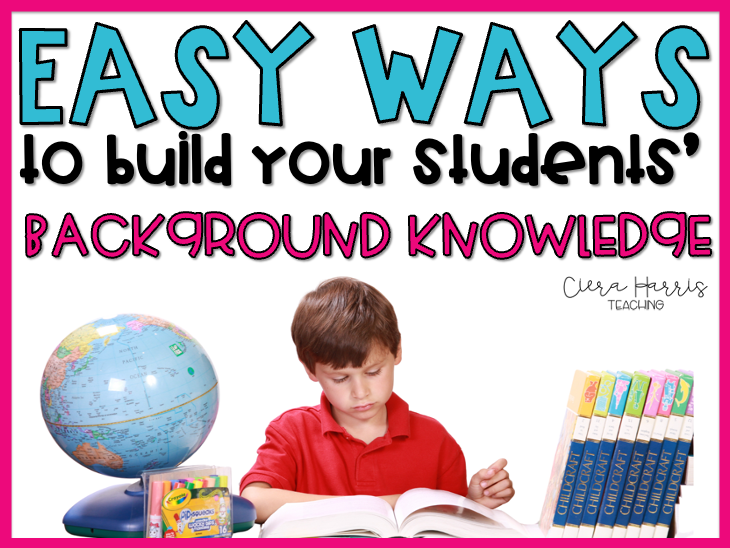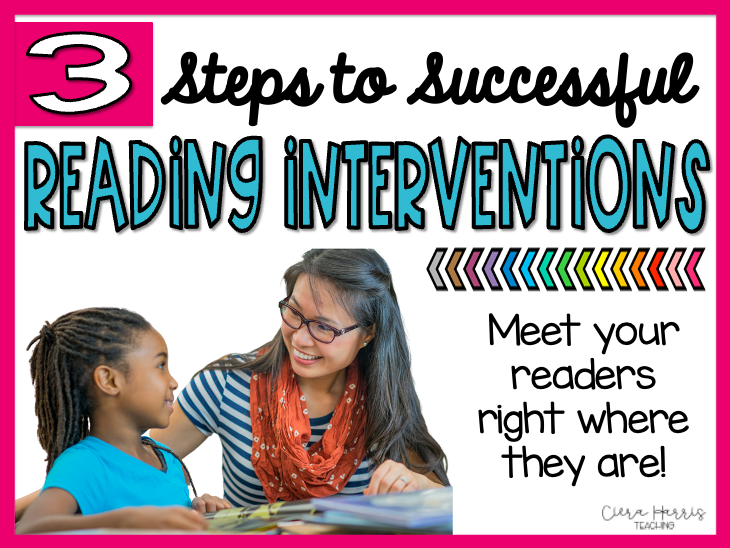As reading teachers, we teach so much in a given school year. Have you ever stopped to think about what the most important skill or strategy you teach is? Well, I have and I’m here to persuade you in hope that you agree! It’s visualization! Students who don’t or cannot visualize a text that they read are far less likely to be able to successfully comprehend. Albert Einstein said it best. “If I can’t picture it, I can’t understand it”. I couldn’t agree more. Let’s dive into some tips and tricks to help teach this important strategy!

Want to watch the video instead? Check it out below! Make sure to subscribe to get updates on all new content!
Visualization Tip #1: Identify words ahead of time
Since teaching visualization isn’t as concrete as we would like it to be, we need to take a step back and start small. Don’t jump right into using a text as that can overwhelm students. Start by visualizing words or phrases. “When I say tree, what do you see in your mind?” Show the students how their schema plays a large role in their ability to comprehend.
You can also do this with different settings you typically find in stories. For example, tell students the word ‘park’ and have them practice visualizing or describing what they would see at a park. Once they have mastered this with words/phrases/settings then you can slowly move into visualizing stories.
Tip #2: Use RIDER strategy
This is a great strategy to teach students when it comes to visualization. RIDER stands for Read, Imagine, Describe, Evaluate, Repeat. I love using this acronym when teaching visualization because it gives students a step by step process for what to do when they visualize.
First students are to read a section of a text and image/visualize the text. Next, they stop and think. Describe to themselves or a partner what they saw in their vision. Finally, they evaluate their vision by fact-checking with a partner or by going back into the text to make sure their visuals were correct. Then they repeat!
The reason I love this strategy so much is that it not only gives students a step by step process to follow, but it also includes the evaluation step which is super important. It’s good for students to realize that just because we visualize it doesn’t make it true. Visuals can be false. So we need to get into the habit of checking our visuals by finding text evidence to train our brains to visualize correctly.
Visualization Tip #3: Assess prior knowledge
If you know anything about me as a teacher, you know I’m a huge proponent of utilizing students’ schema. Without a strong schema of a topic or idea, students will be unable to visualize. Think about a topic that you know very little about. Then imagine yourself reading a book or a passage on that topic. How easy or hard would it be for you to visualize the text? Pretty hard!
This is one of the many reasons why assessing prior knowledge of students before reading is key. Students need to access their schema and understand that it impacts their ability to visualize among other strategies as well. If you know students might not have schema on a topic that you’re about to read, spend time before reading sharing photos, images, or do a picture walk to allow students to have a basis, to begin with.
Tip #4: Don’t focus on fluency
There is a time and a place to teach fluency and in the middle of a reading strategy lesson is not it. We know that a student’s lack of fluency can impact their ability to comprehend. That’s a given. But teachers stopping students because of not paying attention to punctuation or incorrect fluency patterns will too! Teachers need to remember to always keep the objective at their focus. If you’re trying to teach students to visualize then letting fluency issues slide is perfectly okay. The more we stop them, the more we take away their focus on the objective at hand: visualizing.
Visualization Tip #5: Show them the power
Visualization is a powerful tool, but only if students understand the power. How does making visuals in my mind about a text I am reading help me? Take the time (in a mini-lesson or two) to show students how visuals link to comprehension questions. One of the mini-lessons I love to do is to read a short text, draw out my visual(s) of the text, and then answer some comprehension questions of the text. But for this mini-lesson, I’m only allowed to answer the questions using my visual(s).
What does this do? It shows the students that the images that I make in my mind can lead me to correct answers when working with comprehension questions. If the answer I’m looking for isn’t in my visual I drew, then I need to reflect on if I was successful at visualizing at all. Show students the power behind this amazing strategy.
Overall, visualization is one of the top strategies teachers can use to help with comprehension in their classrooms. Unfortunately, many teachers think that students automatically do this or already know how to visualize. That isn’t true! Even students in higher grades need direct and explicit instruction on visualization and all of the other reading strategies.
Feel free to pin the image below to save this post for later!






